How to Use a Garden Trellis
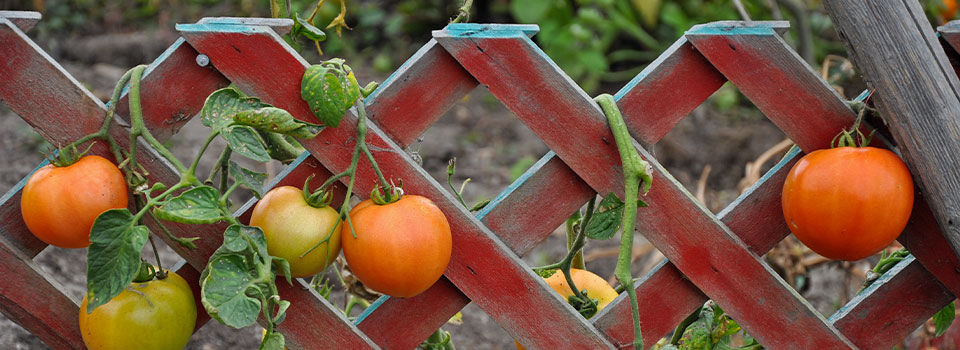
If you’re looking to spruce up your garden, encourage the growth of new plants, and add to your garden décor, then a garden trellis might be the answer! Trellises come in a variety of shapes, sizes, and materials like wood, metal, or plastic. They can be as simple as a small garden arbor or can be turned into beautiful pagodas or pergolas. Functionally, trellises give vining plants a structure that they can thrive and grow without being choked out at the ground level. But they also provide great decoration and variety for your garden and can even help some of your food-producing plants grow better. If you're considering adding a trellis to your garden, then here's some information to consider.
Why do some plants need a trellis?
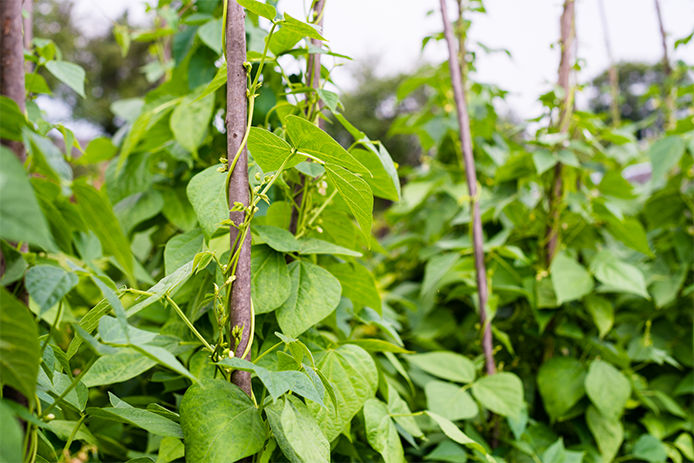
Vining or climbing plants have tendrils, which are special stems that are used to wrap around a structure and provide support. This can include many vine crops such as melons, squash, or cucumber. Not to mention many varieties of flowers. These plants can get stifled if they don’t have a suitable structure to climb, and once they do have a structure, they climb in order to have better access to the sun.
What are the best plants to grow on a trellis?
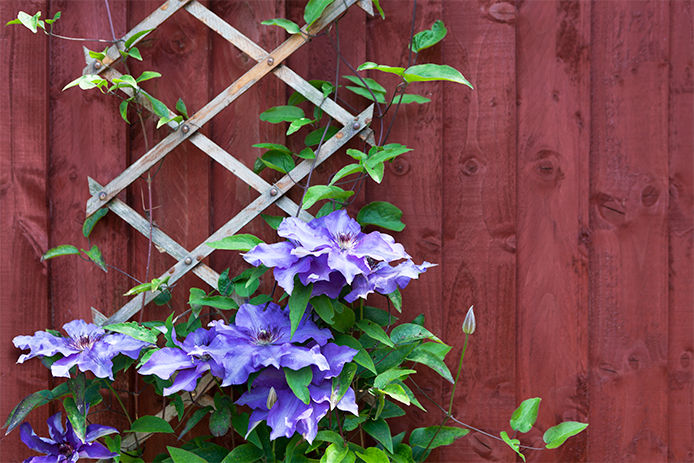
This can be a tricky question because there are thousands of vining plants to choose from. If you are planning on growing crops to harvest for your kitchen, some of the more common ones to use with a trellis include tomatoes, cucumbers, beans, melons, small squash, gourds, and pumpkins. On the other hand, if you are looking to plant flowers, there are a few species that grow well and look great on trellises, including sweet peas, bright and colorful bougainvillea, morning glory, trumpet vine, and henryi clematis.
Can I grow vegetables on a trellis?
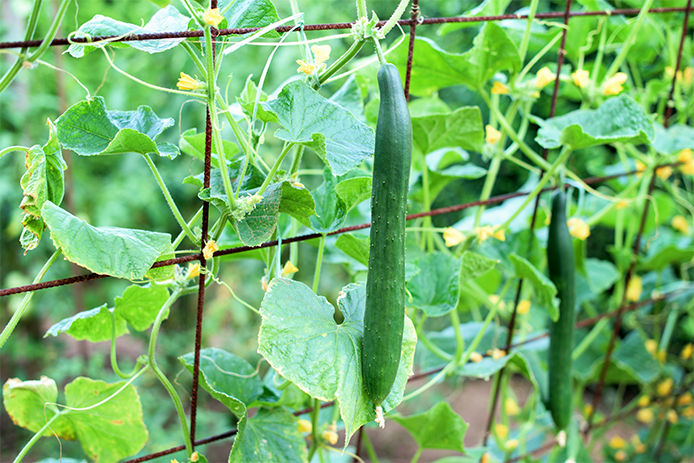
Of course! There are several varieties of fruits and vegetables that are good for trellis growing. Beans and peas take to climbing naturally as they easily wrap around the trellis’ support structure. Cucumbers, small squash, and melons, as well as some kinds of tomatoes. Larger squash and pumpkins, however, can get too heavy for a trellis and should remain on the ground. While many of these vegetables do not require a trellis to grow, it can help them grow taller and stronger, as well as yield a straighter, cleaner crop.
What kind of trellis should I buy?
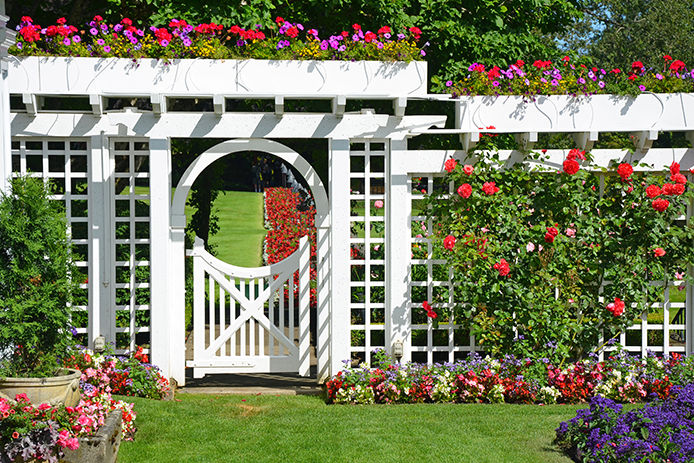
This will depend on the space you have to work with and what your overall plans are for your garden. If you have some woodworking ability or are really looking to make a statement with your garden, you could build an arbor at the entry to your garden. An arbor typically has lattice or some kind of trellis-like structure on its sides and are often built as an arch, creating a tunnel of vining plants.
You can also see a number of standalone trellises in dozens of sizes and styles. These can be combined to make a partition full of vining plants or on their own as specific support for vegetables. If you already have a fence or wall in place near your garden, adding wooden lattice is a great option as well.